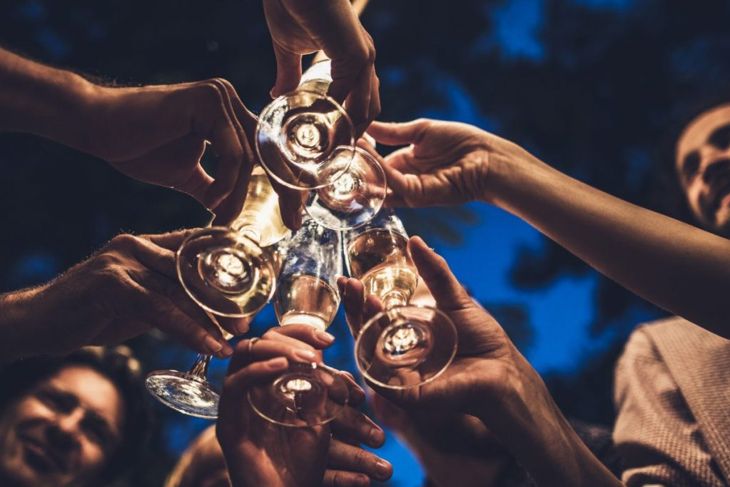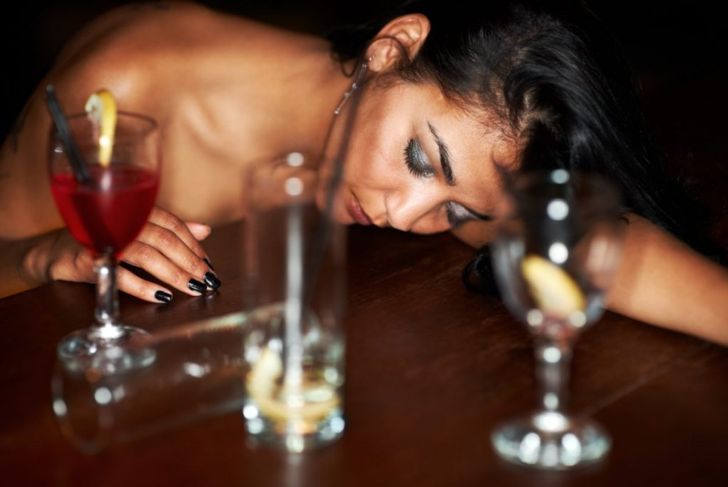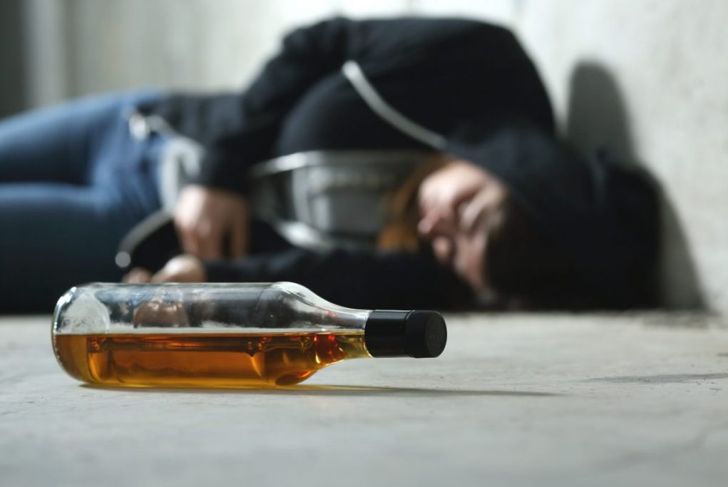According to a nationwide survey from 2015, over 86% of Americans 18 and over report that they’ve consumed alcohol at some point in their lives. Of those people, more than 70% drank alcohol in the past year, and 56% in the past month. Many Americans like to drink and get drunk from time to time, but drinking too much alcohol can be dangerous—even deadly. It helps to familiarize yourself with the signs of being drunk, when you should safely stop drinking, and when you should seek help.
What Happens When You Drink Alcohol?
Drinking alcohol can make you drunk, a state associated with
- Lack of coordination
- Slowed reflexes
- Poor judgment
- Vision problems
- Reduced breathing and heart rate
- Loss of balance
- Drowsiness
The more alcohol you drink, the stronger the effects on your mind and body. Being drunk can result in injuries, vomiting, dehydration, seizures, coma, and even death.
What Does it Feel Like to be Tipsy?
Tipsiness is the first sign that enough alcohol has entered your bloodstream and is primed to affect brain and body function. When a person is tipsy, she might start to talk more and feel more confident. This stage can also start to affect short-term memory and attention span. The person might also take more risks, even though her motor responses are slower. This puts her at a greater risk of injury.
- A woman will usually start to feel tipsy after drinking one to two alcoholic drinks per hour
- A man will usually start to feel tipsy after consuming two to three alcoholic drinks in one hour
The level of alcohol in your bloodstream is measured in units called blood alcohol content (BAC). Some experts cite the BAC of a tipsy person as 0.04 or 0.05%.
The Seven Stages of Drunkenness
There are seven stages of intoxication, but alcohol affects everyone’s brain and body differently. A person’s tolerance, or how quickly they pass through the stages of drunkenness, usually depends on:
- Body size
- Age
- Sex
- Amount of food eaten beforehand (food slows alcohol absorption)
- Experience with drinking alcohol
- Whether or not they’ve taken other drugs or medication
Stage 1: Sobriety, or Low-Level Intoxication
Blood alcohol content (BAC): 0.01–0.05 percent at this stage of drunkenness, someone technically is not drunk at all. The person will generally remain sober or low-level intoxicated if they consume one alcoholic drink or fewer per hour. In the United States, if you’re of legal drinking age (at least 21), you are within legal limits to operate a motor vehicle at this stage.
Stage 2: Euphoria
Blood alcohol content (BAC): 0.03–0.12 percent this is the “tipsy” stage of alcohol intoxication. Once a person has consumed two to three drinks per hour for men (one to two drinks per hour for women), he might start to feel euphoric. Alcohol is often regarded as a social lubricant because, at this stage, people tend to feel more confident and talkative. However, you will also have lower inhibitions and slower reaction times, so be careful. In the United States, it’s best not to operate a motor vehicle once you’ve passed this threshold of drunkenness. A BAC of over 0.08 is considered drunk driving, which has serious legal consequences including jail time.
Stage 3: Excitement
Blood alcohol content (BAC): 0.09–0.25 percent this is the “drunk” stage of alcohol intoxication. A man will reach this stage after drinking three to five drinks in one hour, and a woman will reach it after two to four. At this stage, a person might:
- Become emotionally unstable
- Experience heightened emotions, such as sadness, anger, or excitement
- Lose coordination
- Become careless or forgetful
- Have trouble making judgment calls
- Have blurry vision
- Lose her balance
- Start to feel tired or drowsy
Stage 4: Confusion
Blood alcohol content (BAC): 0.18–0.30 percent once a man consumes over five drinks per hour and a woman consumes over four, they reach the “confusion” stage of alcohol intoxication. A person at this stage of drunkenness might:
- Have extreme emotional outbursts
- Experience major loss of coordination
- Find it hard to stand or walk
- Be very confused or seem unaware of his surroundings
- Be unable to feel pain, which puts him at risk for serious injury
It is common for someone who has reached the “confusion” stage to black out. This means he or she is drifting in and out of consciousness without falling asleep. The individuals will usually have no recollection of any events that occurred while he was blacked out because the brain stops recording memories during that time.
Stage 5: Stupor
Blood alcohol content (BAC): 0.25–0.4 percent At this stage, a person is no longer responsive to their surroundings. They are unable to walk or even stand up. They might also pass out completely, and lose control of their bodily functions. At this level of drunkenness, a person is at serious risk and might need immediate medical attention, especially if they are unable to breathe properly. Someone, this intoxicated might even choke on their own vomit because intoxication suppresses the gag reflex.
Stage 6: Coma
Blood alcohol content (BAC): 0.35–0.45 percent If a person continues to consume after the stupor stage, they are at risk of losing consciousness completely and falling into an alcohol-induced coma. At this point, emergency attention is critical because permanent brain damage or even death is imminent if the person does not receive immediate care.
Stage 7: Death
A BAC above between 0.35 and 0.45 is life-threatening and most likely fatal. This level of alcohol intoxication is the equivalent of being under surgical anesthesia. At this stage, most people do not survive. Every year in the United States, 88,000 people die from excessive alcohol use, according to the Centers for Disease Control and Prevention (CDC).

 Home
Home Health
Health Diet & Nutrition
Diet & Nutrition Living Well
Living Well More
More




















